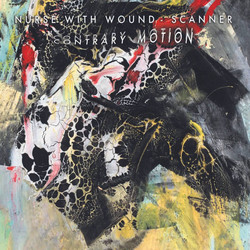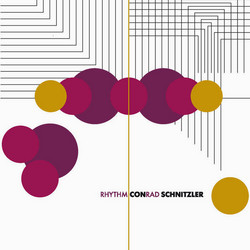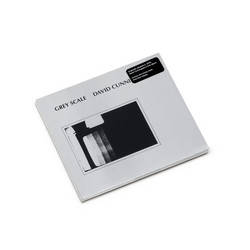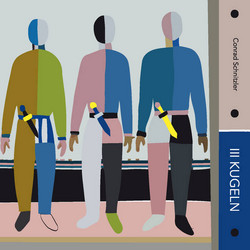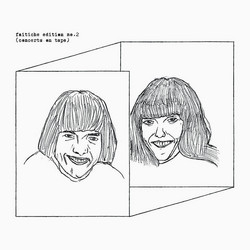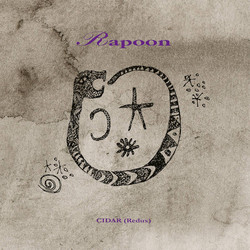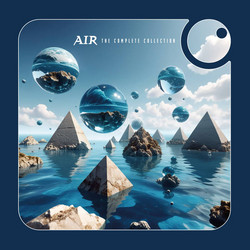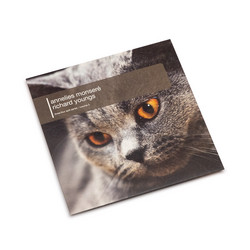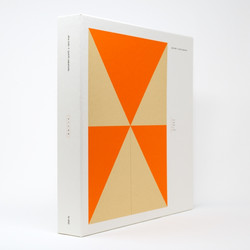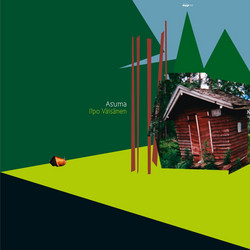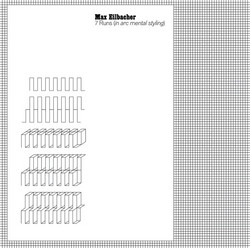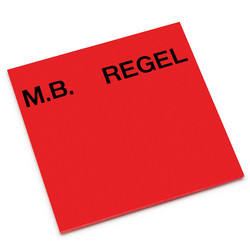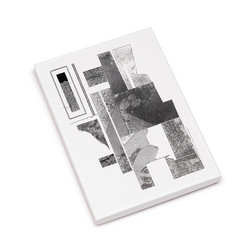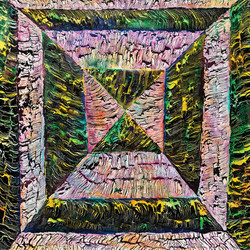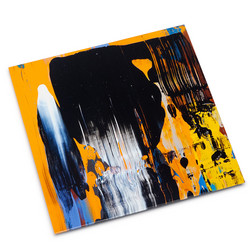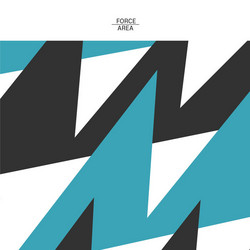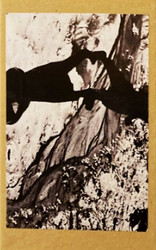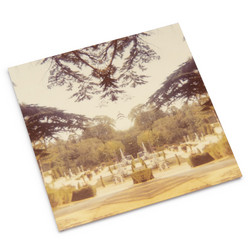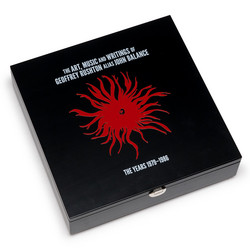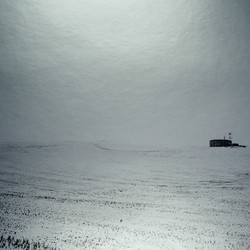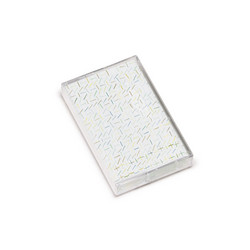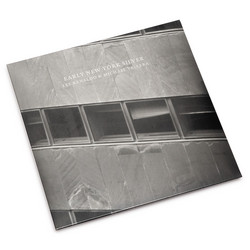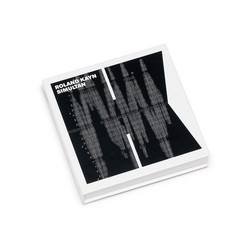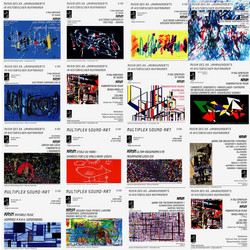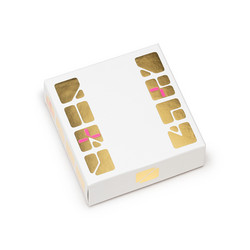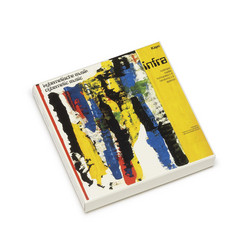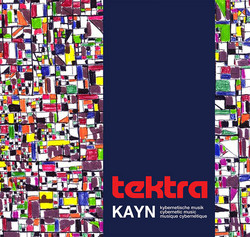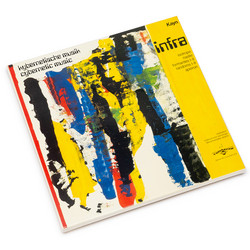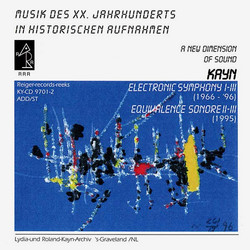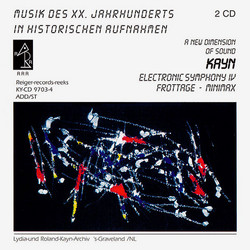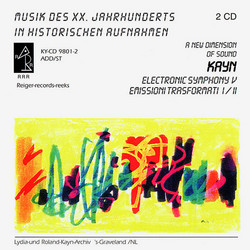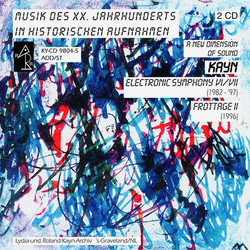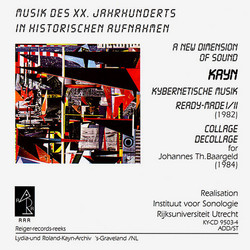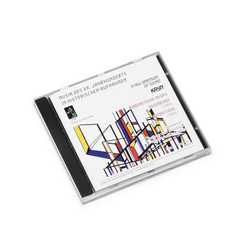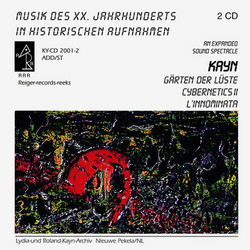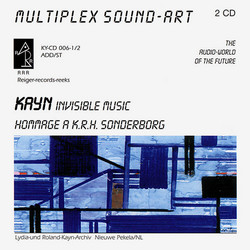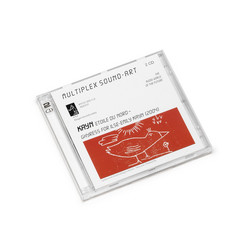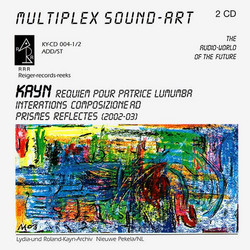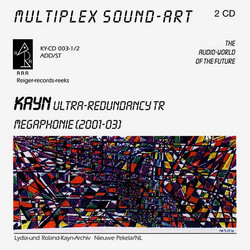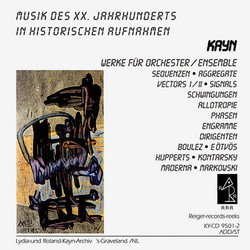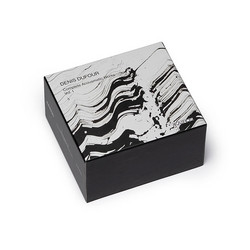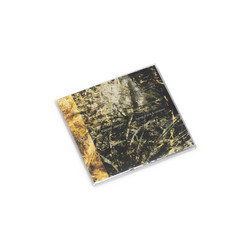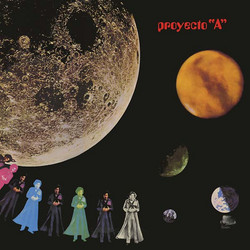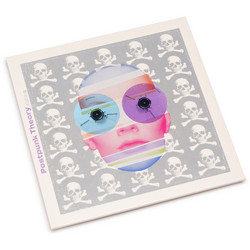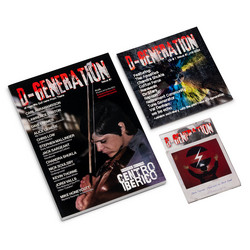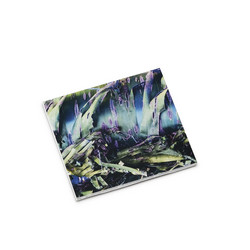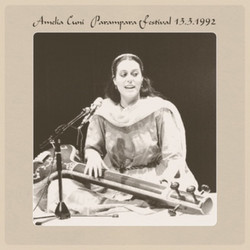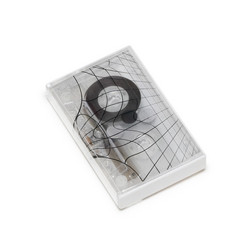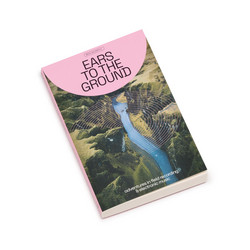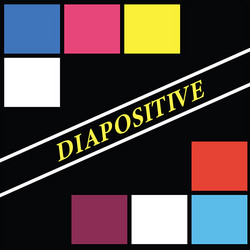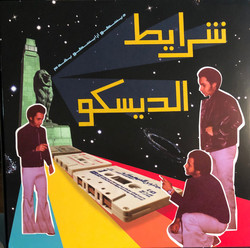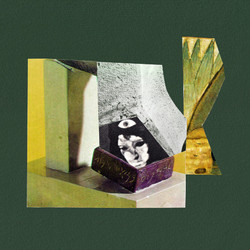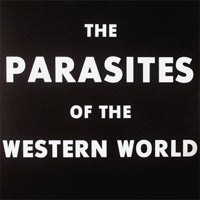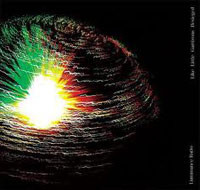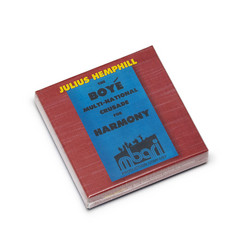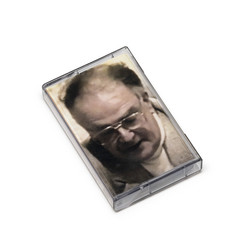1
2
3
4
5
Roland Kayn
Werke Für Tasteninstrumente 1 - Keyboard Works 1 (2CD)
**2019 stock** A pioneer of electronic, computer, and instrumental avant-garde music, for the majority of his life, the German composer Roland Kayn remained one of the great unheralded figures in the landscape of 20th century sound - a founding member of Gruppo di Improvvisazione Nuova Consonanza, who delved into singular territories entirely his own. Fortunately, in the last few years, in part due to the release of his monumental work, A Little Electronic Milky Way of Sound, by Frozen Reeds in 2017, and Die Schachtel’s deluxe vinyl reissue of his seminal composition, Simultan, last year, the scope and depth of his efforts have begun to take centre stage in the public mind. Kayn spent most of his career working beyond the normative definitions and parameters of electronic, electro-acoustic, and computer music, endeavouring to contract an entirely new territory of sound which he referred to as Cybernetic Music, a generative process of composition through programming, carefully aligned with a constant relationship between three parameters - the cybernetical, the technical-physical, and the apperceptional. Among the most important of these efforts are Simultan, Makro, Infra, Tektra, and the recently published Scanning.
We managed to obtain limited copies of his sought-after CDs released by Reiger Records Reeks between 1995 and 2006. Werke Für Tasteninstrumente 1 - Keyboard Works 1 consists of two CDs and includes some of the earliest pieces that Kayn composed for the piano along with music composed for the electronic organ:
Disc 1
Fünf Kleine Klavierstucke (1952) - Privataufnahme, Studio für Neue Musik Reutlingen, 1955
Divertimento (1955) - Privataufnahme, Conservatorium Utrecht, 1978
Quanten (1956) - Privataufnahme, Hamburg, 1967
Fractals- À La Manière De... (1994) - Privataufnahme, 's-Graveland, 1994
"Presenting early music in historical recordings proved to be quite a valuable endeavour, which allowed the music's interpretation and instrumentation to appear in a new light. New music – in other words, that of our century also presented within "historic" interpretations and recording techniques – aims to make itself available as a document and to encourage a reinterpretation. This is particularly true when it involves – as in Quanten and Fractals presented here – unrepeatable recordings which become a “model character” for future recordings; therefore, an endeavour that largely justifies the risk. The recordings of the Piano Pieces and Divertimentos from the fifties form a basis for a compositional point of view, in an intrinsic stance of protest against twelve-note and serial composing systems; they demonstrate and clarify how "harmonious" reference points (pentatonic figures, fragmentary melody) are reflected in the other two compositions."
Disc 2
Quanten (1956) - Studiofassung: Instituut voor Sonologie, Rijksuniversiteit Utrecht, 1977
Diffusions (1965) für 1-4 elektronische Orgeln - Fassung für vier Instrumente (playback) - Instituut voor Sonologie, Rijksuniversiteit Utrecht, 1978
Circuits Intégrés (1972) für 1-4 Klaviere, Schlagzeug und Tonband - Fassung für einen Spieler und Tonband - Studio de Recherches et de Structurations Electroniques Auditives, Bruxelles, 1978
"The projects presented here document – in excerpts – a fifteen-year period of compositional work. They outline the phase of awakening towards the cybernetic design of an autonomously directed performance (1957's Quanten) until the collectively directed control of Diffusion (1965), through the numerous interconnected control loops of Circuits Intégrés (1972). Cybernetic control – as it should be understood in this context – is not goal-oriented but rather randomly aligned, possessing a specific function in relation to electronic and organic systems within the interpretation process. Thus the result is reflected in a widely diverse scattering of perceptual aesthetic variations caused by retroactively coupled systems. A higher order of aesthetic information documents, in a special way, how the material components appear distributed during a realisation between composition and decomposition. This produces an innovative addition with each repeat of the performance, as the cybernetic process design of this category – given the unrestricted consumption via today's replaying devices – can work against the deterioration of the aesthetic object. That which is repeated is identical to the reconstruction, and causes deterioration; by contrast, the cybernetic process of control evokes that which is unique and not to be repeated. The piano piece Quanten, in generating macro temporal super signals, is no longer based on a “structure” but on a basic constellation that at the same time functions as a "program", inherently determining the whole process. In both Diffusions and Circuits Intégrés the performer only refers to a storage of signals set up almost entropically, directly producing recipient information which cannot be determined in advance. The live electronic projects recorded here may expose the optimisation of function between the "composite systems" from a point of view of cybernetic control, while illustrating the transitions between composition and improvisation, and between instrumental and electronic."
We managed to obtain limited copies of his sought-after CDs released by Reiger Records Reeks between 1995 and 2006. Werke Für Tasteninstrumente 1 - Keyboard Works 1 consists of two CDs and includes some of the earliest pieces that Kayn composed for the piano along with music composed for the electronic organ:
Disc 1
Fünf Kleine Klavierstucke (1952) - Privataufnahme, Studio für Neue Musik Reutlingen, 1955
Divertimento (1955) - Privataufnahme, Conservatorium Utrecht, 1978
Quanten (1956) - Privataufnahme, Hamburg, 1967
Fractals- À La Manière De... (1994) - Privataufnahme, 's-Graveland, 1994
"Presenting early music in historical recordings proved to be quite a valuable endeavour, which allowed the music's interpretation and instrumentation to appear in a new light. New music – in other words, that of our century also presented within "historic" interpretations and recording techniques – aims to make itself available as a document and to encourage a reinterpretation. This is particularly true when it involves – as in Quanten and Fractals presented here – unrepeatable recordings which become a “model character” for future recordings; therefore, an endeavour that largely justifies the risk. The recordings of the Piano Pieces and Divertimentos from the fifties form a basis for a compositional point of view, in an intrinsic stance of protest against twelve-note and serial composing systems; they demonstrate and clarify how "harmonious" reference points (pentatonic figures, fragmentary melody) are reflected in the other two compositions."
Disc 2
Quanten (1956) - Studiofassung: Instituut voor Sonologie, Rijksuniversiteit Utrecht, 1977
Diffusions (1965) für 1-4 elektronische Orgeln - Fassung für vier Instrumente (playback) - Instituut voor Sonologie, Rijksuniversiteit Utrecht, 1978
Circuits Intégrés (1972) für 1-4 Klaviere, Schlagzeug und Tonband - Fassung für einen Spieler und Tonband - Studio de Recherches et de Structurations Electroniques Auditives, Bruxelles, 1978
"The projects presented here document – in excerpts – a fifteen-year period of compositional work. They outline the phase of awakening towards the cybernetic design of an autonomously directed performance (1957's Quanten) until the collectively directed control of Diffusion (1965), through the numerous interconnected control loops of Circuits Intégrés (1972). Cybernetic control – as it should be understood in this context – is not goal-oriented but rather randomly aligned, possessing a specific function in relation to electronic and organic systems within the interpretation process. Thus the result is reflected in a widely diverse scattering of perceptual aesthetic variations caused by retroactively coupled systems. A higher order of aesthetic information documents, in a special way, how the material components appear distributed during a realisation between composition and decomposition. This produces an innovative addition with each repeat of the performance, as the cybernetic process design of this category – given the unrestricted consumption via today's replaying devices – can work against the deterioration of the aesthetic object. That which is repeated is identical to the reconstruction, and causes deterioration; by contrast, the cybernetic process of control evokes that which is unique and not to be repeated. The piano piece Quanten, in generating macro temporal super signals, is no longer based on a “structure” but on a basic constellation that at the same time functions as a "program", inherently determining the whole process. In both Diffusions and Circuits Intégrés the performer only refers to a storage of signals set up almost entropically, directly producing recipient information which cannot be determined in advance. The live electronic projects recorded here may expose the optimisation of function between the "composite systems" from a point of view of cybernetic control, while illustrating the transitions between composition and improvisation, and between instrumental and electronic."
Details
